
Raptors
Raptors
Raptors are also called “birds of prey,” although their shared characteristics are related to specific structures.
Learning Objective: Provide characteristics of birds commonly called “raptors” and explain why these species are often at risk for extinction.
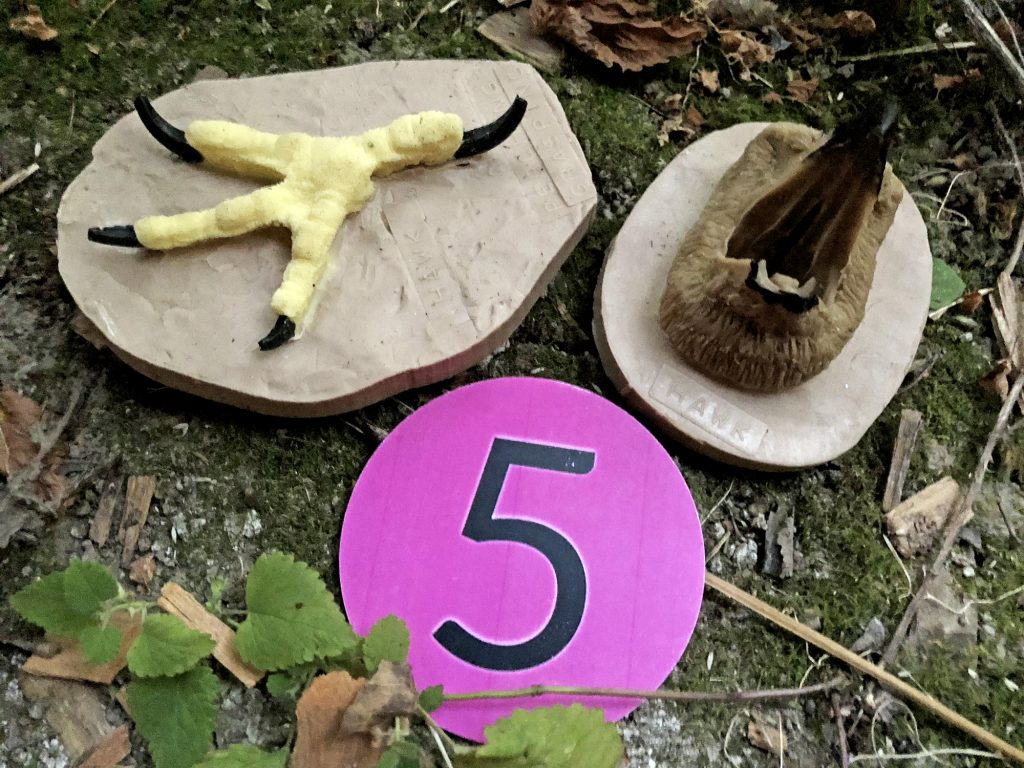
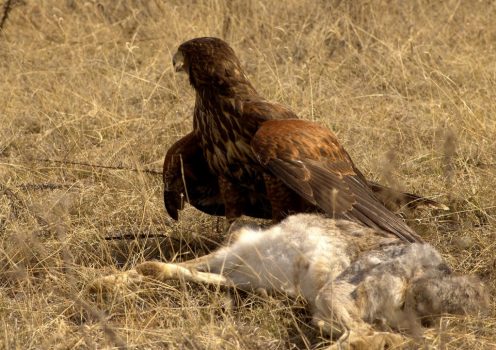
Many birds are technically “birds of prey:” penguins eat fish, swallows eat insects, and so on. But usually when we hear “birds of prey” the speaker was talking about raptors, birds that hunt and eat vertebrates that are large in size relative to the raptor itself. For example, a hawk can catch and eat a rabbit.
We’re at the Cascades Raptor Center in Eugene, Oregon to introduce these species.
Watch this video; you can select the closed captioning “cc” option if you would like to see the text.
Raptors typically include six groups of birds. All use structures like talons and beaks to immobilize large prey.
Eagles, hawks, harriers, kites, buzzards, “old world” (Africa, Asia, Europe) vultures
These large birds share a large hooked beak that can tear flesh.
“New world” (Americas) vultures
Large birds that also share a large hooked beak that can tear flesh, typically carrion.
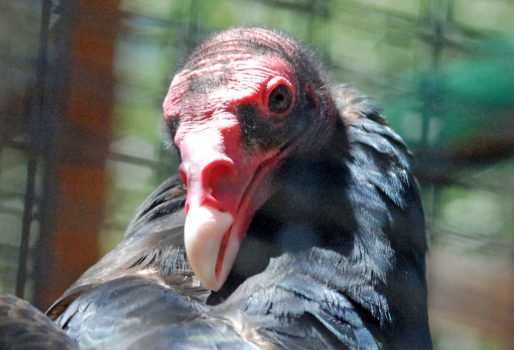
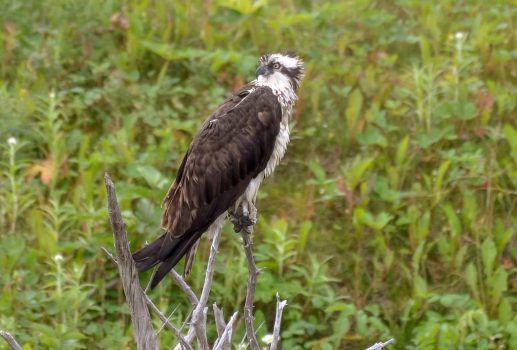
Osprey
Fish-eaters with a reversible toe that lets them grasp fish with two front toes and two back toes for a tighter grip.
Secretarybirds
Very large African terrestrial birds of prey with eagle-like bodies on top of crane-like legs. These are the only birds we did not see at the Cascades Raptor Center, as there are no species native to North America,
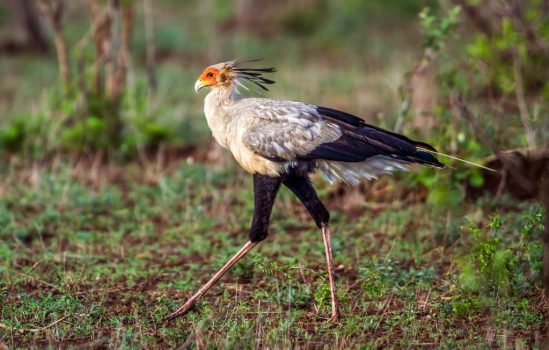
Falcons and kestrels
Have a tooth-like projection on their beak that allows them to kill prey with the beak instead of the talons like other raptors.
Owls
Large heads with front-facing eyes, and a proportionally small body and tail.
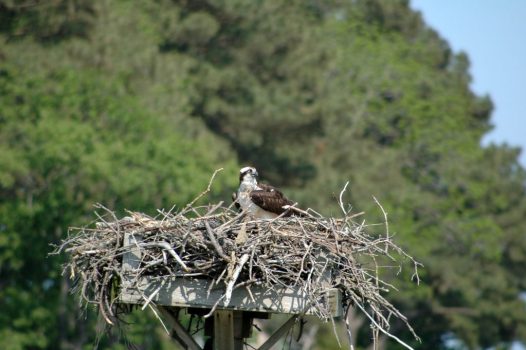
Birds of prey typically need large territories to acquire sufficient amounts of prey. As a result, habitat loss is a significant threat. The osprey in this photo may be able to nest on a human structure, but it still need significant amounts of fish to survive. Additionally, environmental pollutants like DDT and lead have impacted specific raptor species.
Raptors include some of the most recognized endangered species. Their large territories and need for large prey put them at risk.











